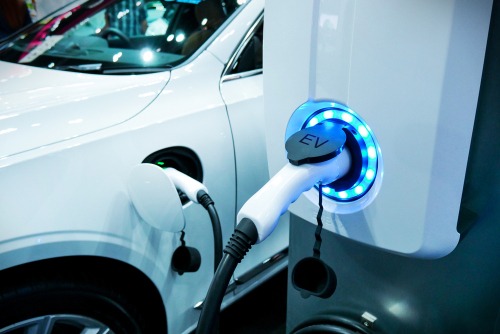
The U.S. Department of Energy’s Argonne National Laboratory recently developed five case studies on projects that center on equity in community-based electric mobility transportation.
E-mobility uses electricity to power various modes of transportation.
Residents of underserved communities historically lack access to transportation and many disproportionally are exposed to air pollution and other environmental harms because their neighborhoods are near industrial areas.
“When community residents’ mobility — the very capability that enables access to job opportunities and other necessities — is limited, disadvantages compound rapidly for residents,” Argonne project leader Patricia Weikersheimer said. “These case studies show that projects that center deep community involvement from the very beginning get the most traction.”
The projects are in various stages of development and offer affordable mobility options that are designed to reduce air pollution, improve public health in the communities, and create educational, business and job opportunities.
“The case studies describe best practices and valuable lessons learned and serve to help others seeking to learn more about developing sustainable e-mobility projects,” Joann Zhou, an Argonne principal transportation systems analyst and group leader for vehicle and energy technology and mobility analysis, said.
Local community organizations and public and private stakeholders are leading the projects. They prioritized gathering and integrating community input, and demonstrated the importance of early coordination with utilities, local governments and other decision-makers.